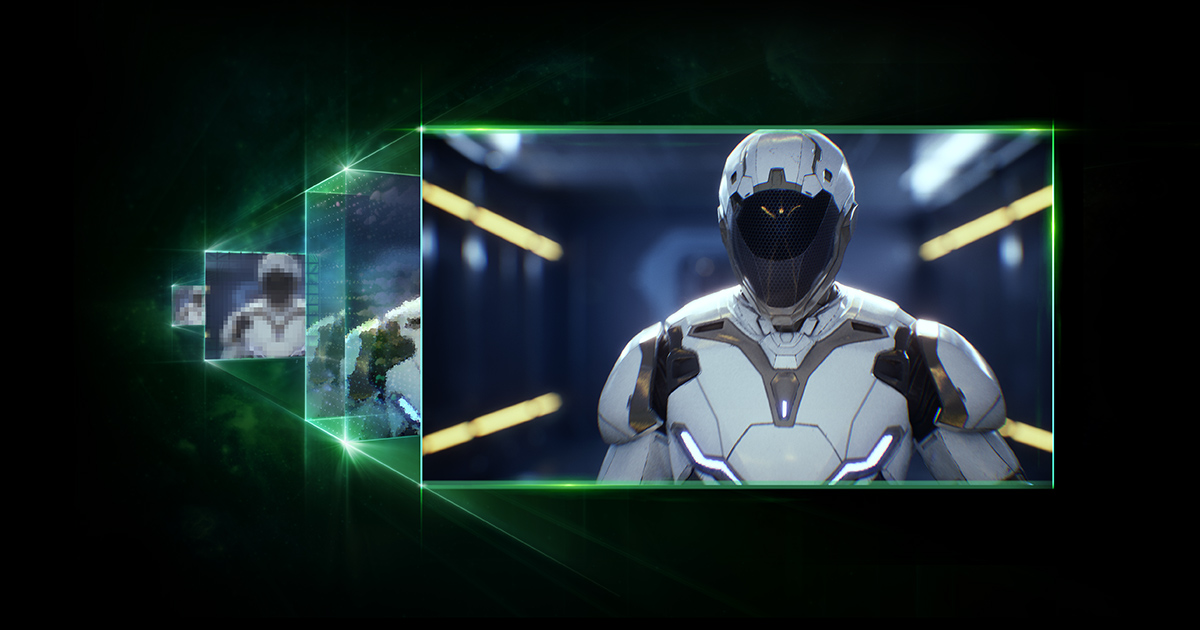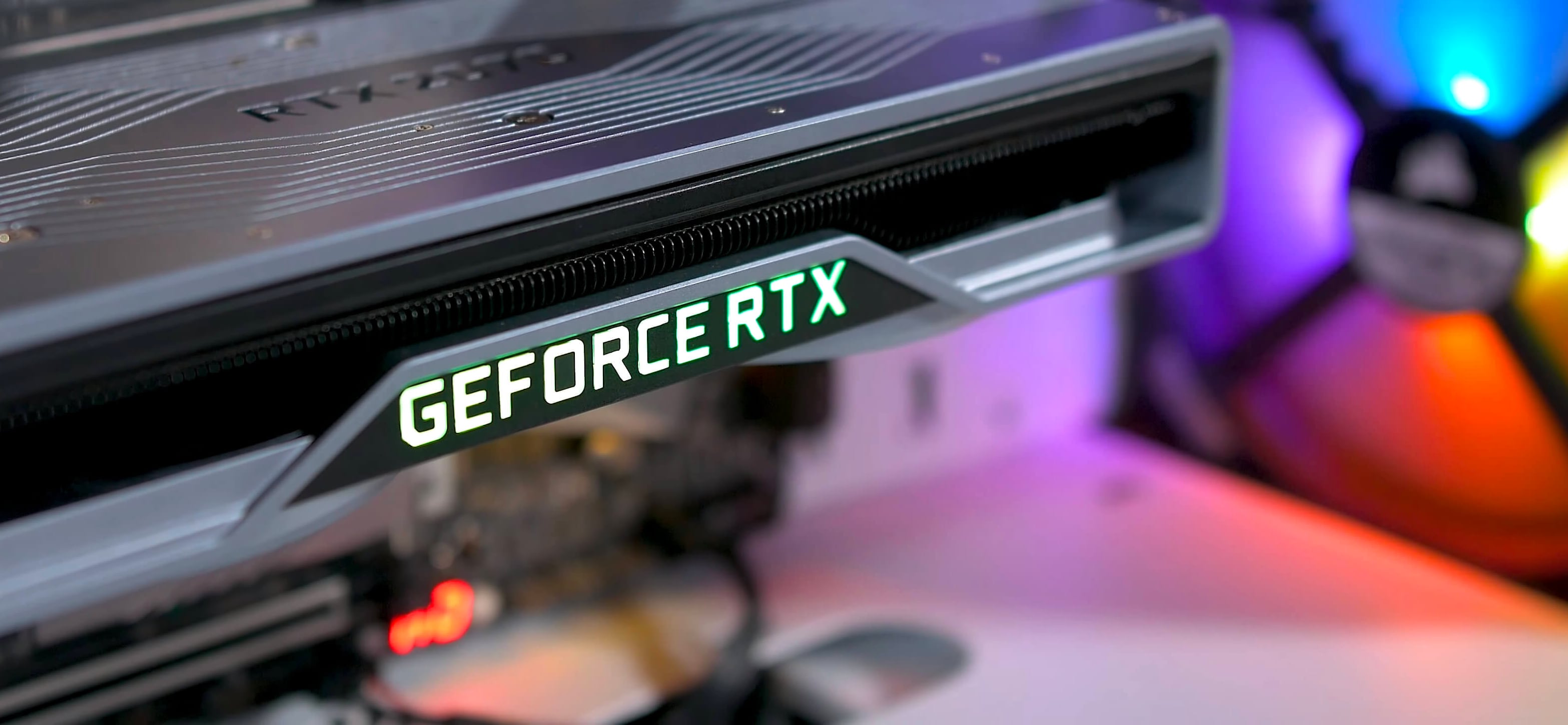VVR in the VESA spec is not freesync. Like you said it existed in 2009 but it was many years after the first gsync display that a properly working freesync one arrived. Would it have happened without gsync, perhaps eventually but the monitor makers are lazy. They wouldn't have put much effort into developing it without gsync. What gsync did was made them build compatible displays which could handle the VVR, including variable overdrive to the very strict gsync spec, and showed them it working. That was key to developing displays that could do freesync well.
PhysX is the most common physics engine in games today I think, the hardware bit not so much as cpu's have improved but that tech is still in use all over the place. 3DVision has now died as VR became a thing, but it is the thing that pushed super low blur high refresh rate monitors. Before that there were none, and for years the only ones that existed were for 3d vision. Now it's standard, even if you never wanted 3D you can thank 3D Vision for your high refresh rate low blur monitor.
Your hatred of DLSS around here still burns bright I see. DLSS 2 is just better upscaling + sharpening because it uses AI hardware to enable vastly more complex algorithms. That's the same hardware as DLSS 1 used but they've improved the software, and I'm sure they will continue to improve it. What's key is the hardware, with only shaders you are more limited as you don't have the same image processing compute power.







